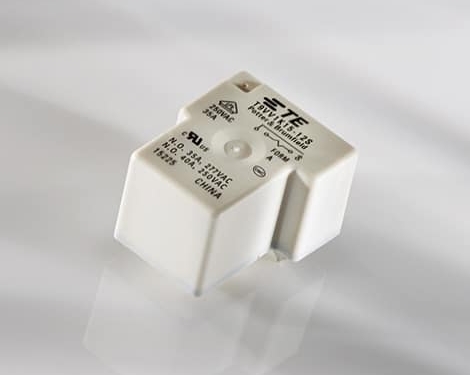source: TE Connectivity news
HARRISBURG, Pa., USA – TE Connectivity (TE), a world leader in connectivity and sensors, introduces the Potter & Brumfield Power PCB relay T9V series designed for electrical vehicle charging stations, charging cables and for photovoltaic inverter applications.
With 40A / 250 VAC ratings in a small form factor, the T9V series relay enables PCB space savings and ultimately smaller applications. The extended contact gap (>1.8mm) provides better isolation and full disconnection of the grid, enabling applications at higher altitudes.
TE’s T9V series relay can be driven with reduced coil power down to 350 mW, meaning that less energy is needed during the duty cycle and lower self-heating. This enables cost savings by lower energy consumption and lower heat dissipation.
TE’s T9V series relay is in accordance with IEC 60335-1 and has a common pin layout which makes this a relay that can be fitted for many existing applications and designs. It is a global relay solution with UL, CQC, TUV and VDE certifications.































